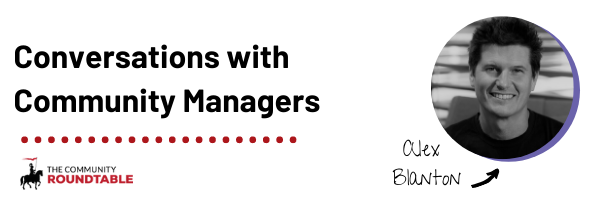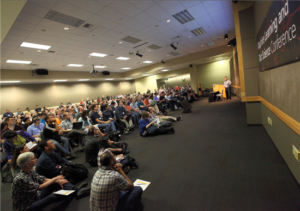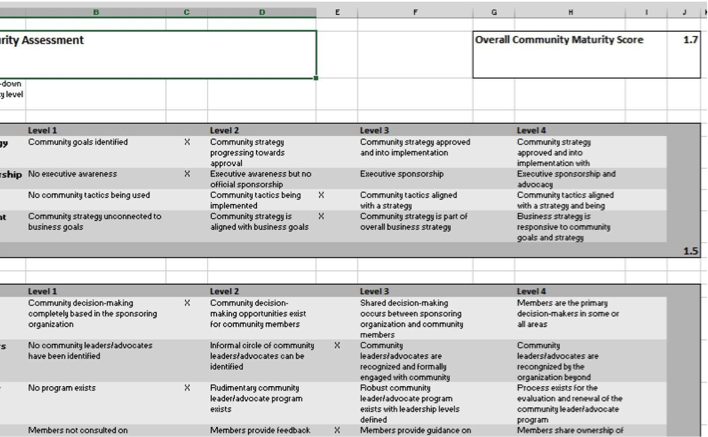
Join the community experts at The Community Roundtable as they chat about online community management best practices with a wide range of global community professionals. Topics include increasing online audience engagement, finding and leveraging executive stakeholders, defining and calculating online community ROI and more.
Episode #66 features Alex Blanton, Senior Program Manager at Microsoft.
In this episode of the podcast, Alex shares best practices for creating synergy between online and offline events, how community managers can support technical audiences if they aren’t technical experts, identifying SMEs in your audience, and how to support other community programs in tandem with your own.
Listen Now:
Podcast: Play in new window | Download
About Conversations with Community Managers*
To better reflect the diverse conversations our podcast covers we’ve changed the name of our long-running series to Community Conversations.
Community Conversations highlights short conversations with some of the smartest minds in the online community and social business space, exploring what they’re working on, why they do what they do, and what advice they have for you.
These episodes are a great way to begin to understand the nuances of community strategy and management.
Each episode is short (usually less than 30 minutes) and focuses on one community management professional.




![Reblog this post [with Zemanta]](https://img.zemanta.com/reblog_e.png?x-id=a5a2d8b7-35cd-4714-939b-6f656027b988)
